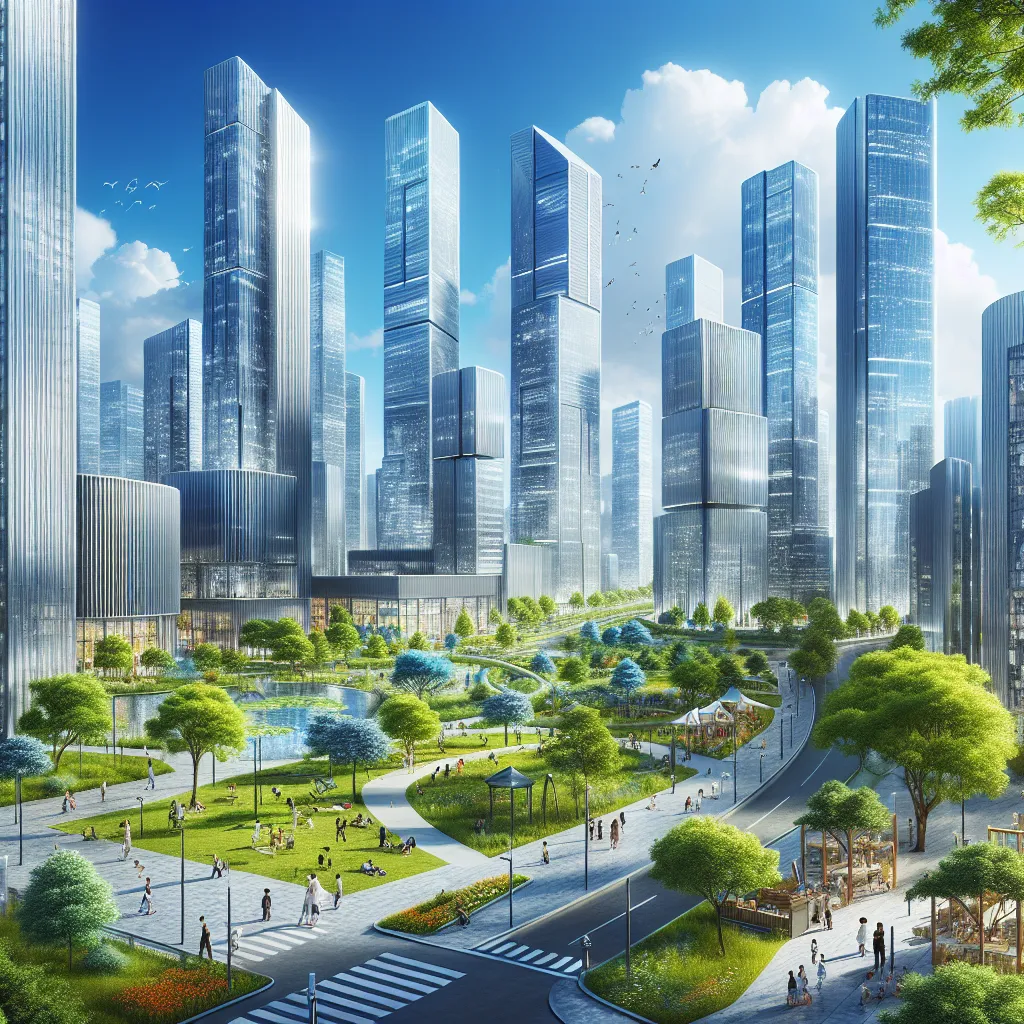Urban evolution isn’t just a fancy term for change; it’s a seismic shift in how we live, work, and interact with our environment. As cities grow, they transform from concrete jungles into bustling ecosystems where human ingenuity meets nature’s resilience. But what does this mean for us as city dwellers? Let’s explore the surprising perks of urban evolution and how it shapes our daily lives.

The Heartbeat of Urban Evolution
A Symphony of Change
Urban evolution is like a symphony, each note representing a different aspect of city life. From towering skyscrapers to green parks, these changes create a dynamic landscape. But what’s driving these changes? Urbanization, climate shifts, and technological advancements are the maestros conducting this symphony.
The Urban Microclimate: A New Frontier
The urban microclimate is one of the most intriguing aspects of urban evolution. Cities generate unique climates due to heat-retaining surfaces and human activities. These microclimates influence everything from local weather patterns to how species adapt. Ever noticed how city pigeons seem more adaptable than their rural cousins? That’s urban evolution at play.
Navigating the Urban Jungle
The Diversity Dilemma
Urban areas are biodiversity hotspots. While they may seem like concrete deserts, cities actually foster unique ecosystems. Parks and green roofs become islands of biodiversity, supporting a variety of plant and animal species. This diversity isn’t just fascinating; it’s essential for ecological balance.
Table: Urban vs. Rural Biodiversity
| Aspect | Urban Areas | Rural Areas |
|---|---|---|
| Species Variety | High in Microhabitats | Moderate |
| Habitat Fragmentation | Significant | Minimal |
| Genetic Variation | Often Lower | Generally Higher |
Pollution: The Double-Edged Sword
Pollution is a significant player in urban evolution. Chemical and light pollution create new challenges for city-dwelling species. But here’s the twist: some species, like the peppered moth, have adapted to these harsh conditions, showcasing the resilience of life.
Fragmentation: The Puzzle of Urban Habitats
Urban habitats are like puzzles, with pieces scattered across the cityscape. Fragmentation creates isolated pockets of nature, leading to unique evolutionary pressures. Some species thrive, while others struggle to adapt. It’s a reminder that urban evolution is as much about survival as it is about change.
The Human Experience
Adapting to Urban Life
As cities evolve, so must we. Urban evolution affects our daily lives in subtle and profound ways. From the availability of public spaces to the quality of air we breathe, these changes shape our urban experience. But how do we keep up with such a rapidly changing environment?
AnySqft: Your Urban Evolution Partner
In this ever-evolving landscape, platforms like AnySqft are game-changers. Leveraging AI technology, AnySqft simplifies the property transaction process, making buying, selling, and renting properties more seamless than ever. It’s like having a personal assistant for all your real estate needs.
Embracing the Future of Urban Living
Urban evolution is an ongoing journey, a testament to our ability to adapt and thrive. As cities continue to grow and transform, so do the opportunities they present. Whether it’s the chance to explore new green spaces or the convenience of modern amenities, urban evolution invites us to be active participants in shaping the future.
Graph: Urban Population Growth
Urban Evolution
Urban evolution refers to the adaptive changes of species in response to urbanization. Key factors include:
- Urban Microclimate: Cities create unique climates affecting species’ survival.
- Pollution: Species evolve to tolerate higher contaminant levels.
- Habitat Fragmentation: Isolated green spaces lead to diverse ecosystems.
Comparison: Urban vs. Rural
| Aspect | Urban Areas | Rural Areas |
|---|---|---|
| Biodiversity | High in Microhabitats | Moderate |
| Adaptation | Rapid | Slower |
Explore how urban evolution impacts real estate with AnySqft. Embrace the future of city living! Discover AnySqft.